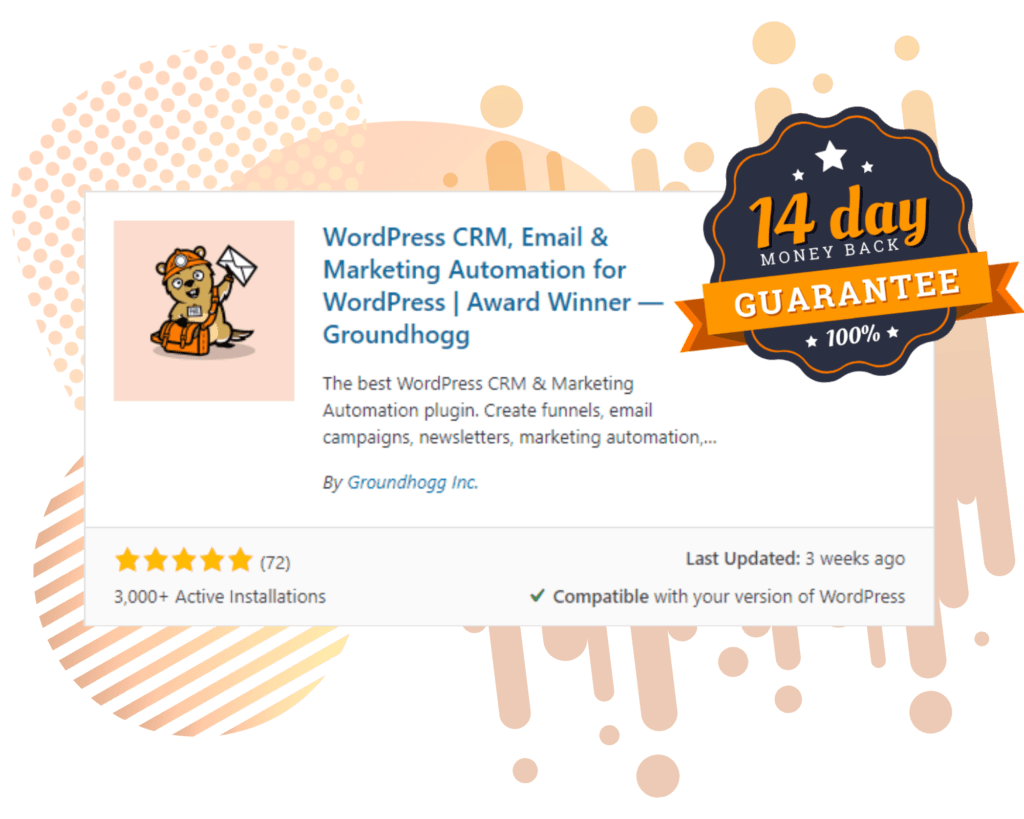If you use an email marketing platform to communicate with your audience, you’ll likely be familiar with metrics like the Open Rate.
Marketers will often look to the open rate of any particular email to gauge its effectiveness at getting a recipient’s attention and use that information to make changes to the subject line or content to improve engagement.
But now marketers have to contend with “fake” opens. A “fake” open or click is when your metrics report open or click events that were not actually initiated by the intended recipient but were actually initiated by a bot.
It’s no secret that open email inbox providers are becoming even more increasingly hostile to email marketers. People want their privacy back, and big tech is taking steps to make the inbox a “privacy-focused” experience. This means marketers are now fighting with “fake” opens in their email engagement reports.
- Apple Mail introduced Mail Privacy Protection, which preloads all images resulting in inflated open rates.
- Gmail will also pre-fetch images in some cases, whether the recipient opened it or not.
- Hey.com blocks email tracking pixels.
- Spam filters like Barracuda will visit all links to check for malicious content, causing inflated click rates.
So where does that leave marketers? Well, it leaves us with inflated metrics that don’t accurately represent engagement.
Beyond the inflated metrics, the preloading of images and fake clicks also presents a performance issue. Every image preload request or spam filter link click requires more server resources that could be used to fulfill the requests of real people rather than “fake” bot traffic.
If you send a broadcast to a large list and there is a concentrated number of Apple Mail users, you could inadvertently DDOS your site because of all the image prefetch requests executed by Apple Mail Privacy Protection. Not ideal.
There are a few solutions we have developed to combat this problem.
Disable open tracking. Yes, really!
In our opinion, open tracking is no longer a relevant measure of engagement with email content.
Inboxes have become so openly hostile to email marketers that it’s almost not worth the fight to find workarounds to make it work anymore. Getting rid of the pixel can go a long way to improving your sender relationship with inbox providers.
Besides, people don’t want to be tracked anymore. Weigh the value of inaccurate and fake opens in your email engagement reports against the trust built by sending an email that doesn’t track your subscribers.
Disabling open tracking also solves the resource usage problem. If there is no open tracking pixel, you are eliminating potentially thousands of additional requests to your site.

If you’re not convinced, then here’s option 2.
Filter out known bot opens.
Inbox providers such as Apple Mail use a standard user-agent string to identify themselves when requesting an image. Below are some known user agents for popular inboxes.
| Inbox | User Agent |
| Apple Mail | Mozilla/5.0 |
| Google Image Pre-Fetch | Mozilla/5.0 (Windows NT 10.0; Win64; x64) AppleWebKit/537.36 (KHTML, like Gecko) Chrome/42.0.2311.135 Safari/537.36 Edge/12.246 Mozilla/5.0 |
Knowing these, we can identify and filter out “fake” opens in your email reporting that identify with these user agents.
Doing this will mean that you will not see opens from any Apple Mail users that have mail privacy protection enabled (or other privacy-focused inbox tools), so your open rates will take a hit, and still won’t be accurate, but at least they won’t be inflated.
I think it would be more straightforward to simply disable open tracking and rely on click engagement metrics, speaking of…
Filter out known bot clicks.
Some inboxes and spam filters will now click on links in emails to identify malicious content from senders. This is a nightmare for marketers as it can skew engagement reports, and potentially trigger engagement-based automation intended for the recipient.
Fortunately, we can filter out bot clicks just like we do opens. However, knowing the user agents for all the email filters and inboxes out there is impossible. What we do instead is set a “click trap” for bots.
Here’s how the trap works.
- Add a hidden link to all emails that only bots would see or click.
- If the bot clicks on the link, we add the defined user agent to a list of known bots.
- We can then check future click requests against a growing list of known bot user agents.
Now any time a request identifies with a known bot user agent, it will be filtered out.
Setting it up.
In rare cases, implementing the mentioned traffic filter is actually easier done than said! We have already created an addon for Groundhogg that installs the described filters for you and keeps track of bot user agents.
Download the Tracking Traffic Filter Addon for Groundhogg.
After you have installed and activated it, head to Groundhogg > Tools > Misc and click Install Filter.

Now bot traffic will automatically be filtered out, making reports more accurate and reducing server resource usage.

